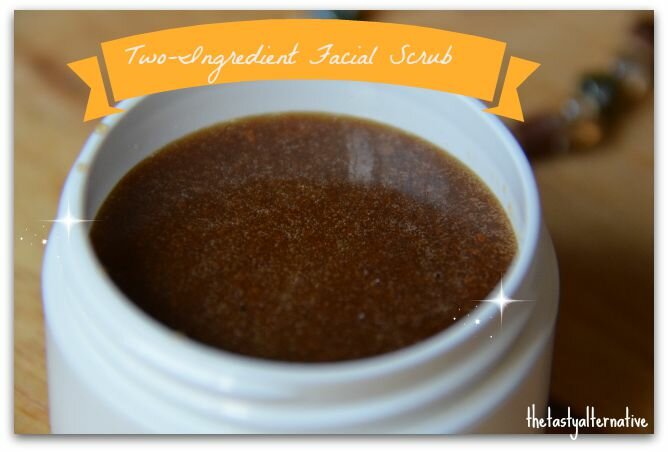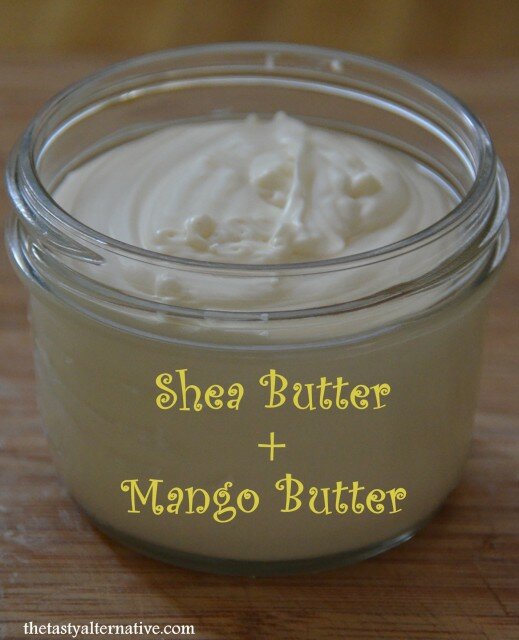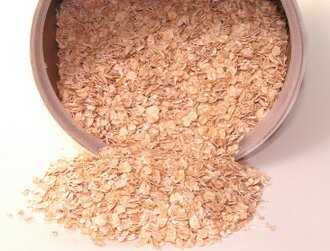 Hello friends. I am not a doctor, or holistic expert, or certified in any alternative healing practice. But I am a person who lives with a chronic inflammatory disease…Crohn’s disease. I have been on a loooong healing journey and this journey has lead me down many roads of diets, herbs, oils, teas, and whatever else you could possibly think of, I’ve tried over these last 12 years. Most recently I’ve made a breakthrough connection between my Crohn’s flares and stress that has provided me with an enormous amount of power and control over my health…and I hope to share this with you very soon. But for now, I want to share a little bit about turmeric and how I’ve been using it in my healing regimen. A few months ago my sweet beautiful friend Julia showed me a turmeric tincture she made and was raving about. I told her I have turmeric capsules that I use once in a while for inflammation, but didn’t feel a big difference. I tried her tincture and loved it. So I made myself a batch. I have to say, I feel the difference and the tincture feels more powerful than the capsules (for some reason). I don’t know, maybe it’s just placebo, but I can tell it decreases intestinal inflammation..and decreases pain. Here is an excellent article about turmeric with research to back up health claims. But please also read about turmeric’s side effects here. Continue reading
Hello friends. I am not a doctor, or holistic expert, or certified in any alternative healing practice. But I am a person who lives with a chronic inflammatory disease…Crohn’s disease. I have been on a loooong healing journey and this journey has lead me down many roads of diets, herbs, oils, teas, and whatever else you could possibly think of, I’ve tried over these last 12 years. Most recently I’ve made a breakthrough connection between my Crohn’s flares and stress that has provided me with an enormous amount of power and control over my health…and I hope to share this with you very soon. But for now, I want to share a little bit about turmeric and how I’ve been using it in my healing regimen. A few months ago my sweet beautiful friend Julia showed me a turmeric tincture she made and was raving about. I told her I have turmeric capsules that I use once in a while for inflammation, but didn’t feel a big difference. I tried her tincture and loved it. So I made myself a batch. I have to say, I feel the difference and the tincture feels more powerful than the capsules (for some reason). I don’t know, maybe it’s just placebo, but I can tell it decreases intestinal inflammation..and decreases pain. Here is an excellent article about turmeric with research to back up health claims. But please also read about turmeric’s side effects here. Continue reading
Category Archives: homemade remedies
Anti-Inflammatory Turmeric Tincture
Labels: Anti-Inflammatory, better digestion tips, Holistic healing, homemade remedies, IBD Remedies.
Leave a Reply





Two Ingredient Homemade Facial Scrub
Ever have one of those weekend (or week) days where you feel sort of blaaah and have a ton of stuff to do (in my case work) and stay in bed all day working and sleeping on and off and then at around 9:00 pm you start to feel really crusty and oily and want to just scrub your skin off? I had one of those days over the weekend. It was so hot here last week friends (108 degrees if you can believe it), and fires everywhere! Poor drought ridden California. It can get pretty nasty here in the summer with bad air quality…and the fires! Gasp. It’s really sad. I think all that gets to my immune system and just zaps me. So I got a lot accomplished on my crusty lazy day, and then wanted to do something to enhance my mood, you know, get out of the funk. I like to pamper myself and do some self-care when I’m not feeling well. A good face and body scrub was in order. I’ve been using a simple two ingredient facial scrub that works like magic at sloughing off dead skin and creates a lovely glow. It closes my pores, tightens my skin, and evens out my skin tone. I have experimented with different ingredients such as lemon, oatmeal, salt, and oils. I just go with what yields the best results, and the sugar scrub is the best I’ve used so far. If you give it a try, let me know what you think. And friends, take a little you time for self-care. A fresh coat of nail polish, a relaxing shower, a face and body scrub down, a massage…whatever, it really does wonders for the mind and body. Continue reading
Labels: beauty, homemade beauty products, homemade remedies, how to.
Leave a Reply





Shea & Mango Butter Lotion (with video)
Hello friends. I’m super excited to share an amazing new lotion ingredient with you: mango butter! I am in love. Mango butter is a soft, non-greasy butter extracted from the mango kernel (not the meat) and it has a soft earthy scent. Here are just some of mango butter’s benefits: (1) it is rich in powerful antioxidants, vitamins (A, C, & E) and minerals that help reduce degeneration of skins cells (aka, fights wrinkles), improves elasticity of the skin, and offers protection again the sun’s UV radiation, (2) powerful anti-inflammatory agent, good for bug bites, rashes, wounds, scars, and poison ivy/oak, (3) beneficial for the scalp and hair, and (4) excellent for eczema, dry skin, and other skin conditions. Continue reading
Labels: Holistic healing, homemade beauty products, homemade remedies, how to.
Leave a Reply





Homemade Alcohol-Free Hand & Surface Sanitizer
When I first became a mommy I was a total spaz about germs. It was like a pharmacy in my obnoxiously oversized mom bag (which was filled with things that could last me through a natural disaster). I had like 15 different hand sanitizers, sprays, gels, soaps, wipes…you name it, I had it, and it didn’t matter the cost. I bought the best organic, non-toxic products money could buy, because of course, nothing was too good for my new baby. Okay, fast forward 8 years and I am MUCH more relaxed (and knowledgeable) about germs. In fact, I welcome and encourage them. After reading the many research articles about how we are making our bodies ‘too clean’ and thus ‘too sick’ I changed my tune. I get it, I get how being too clean can damage our microbiome and in turn damage our immune system. So I backed off – big time. For me, a step in this more evolved direction was being okay with my kids getting sick, because getting sick equals exposure to germs. I used to think my job was to protect my children from germs so they wouldn’t get sick. I remember when my daughter, Skylar (my first child), came down with a cold for the first time at 18 months…I was so sad – I felt like I failed her. How did you get germs in your mouth with all my anti-germ armor! Now I’m like, hum, my kid’s haven’t been sick in a few months…what’s going on? I appreciate how important it is to expose the body to germs, and how important it is to build anti-bodies. Continue reading





Chemical-Free Homemade Deodorant
Coconut and Shea Lotion with Jojoba, Calendula, and Eucalyptus
Cocoa and Shea Body Butter with Jojoba and Vanilla
Shea Butter Lotion with Chamomile Infused Jojoba Oil
Shea Cocoa Avocado Oil Body Butter w/ an Anti-Itch Recipe
_________________________________________________
Shared on: Whole Food Fridays, Fat Tuesdays





All Natural Homemade Facial Toner Recipes
3. Cocoa and Shea Body Butter with Jojoba and Vanilla
4. Shea Cocoa Avocado Oil Body Butter (w/ anti-itch recipe)





Shea Cocoa Avocado Oil Body Butter (with an Anti-Itch Recipe)
*Anti-bacterial
3. Cocoa and Shea Body Butter with Jojoba and Vanilla
_____________________________________
Shared on: Raw Foods Thursday, Wellness Weekend, Whole Food Fridays, Healthy Vegan Fridays, Allergy-Free Wednesdays,





Cocoa and Shea Body Butter for Dry Skin and Eczema
Ingredients:
-2.5 ounces Raw organic cocoa butter
-3.5 ounces Raw organic unrefined shea butter
-3 tablespoons organic apricot oil
-1 teaspoon teaspoon vanilla extract (optional, adds scent)
-1/2 teaspoon vegetable glycerine
How To:
1. Weigh out the butters.
2. Shave the cocoa butter and add it to a glass Pyrex submerged in water and bring the water to a boil. This will melt the cocoa butter while keeping it raw. This step is optional, you could also just shave it and add it to the food processor. The heat from blending will melt it pretty well.
3. Add the shea butter to food processor, pulse few times to loosen up and warm the butter – it will become very smooth.
4. Slowly drizzle in the coco butter, apricot oil vanilla, and vegetable glycerin.
5. Blend until velvety and creamy.
6. Transfer lotion mixture to glass jars. The lotion will be soft and will harden as it cools. It will last for MONTHS at room temp. Yields about 12 ounces.





Homemade Coconut Shea Butter Lotion: for dry sky and eczema
Shared on: Healthy Second Wednesday
Labels: beauty, eczema, Holistic healing, homemade remedies, how to.
Leave a Reply





What is Colloidal Oatmeal? And How Does it Help Eczema?
Thank you!
Simply speaking, colloidal oatmeal is very finely ground oatmeal. Pretty easy explanation right!
“Colloidal oatmeal is simply oats ground into an extremely fine powder. When added to bathwater, it creates a milky dispersion that prevents the oatmeal from settling rapidly. So the oatmeal stays in the water and doesn’t just sink to the bottom of the bath. When you get into the tub, the colloidal oatmeal feels silky, as it coats, moisturizes, softens, and protects your skin.”
“Run your bath with lukewarm water, and while the tub is filling, add a packet (two to three cups) of colloidal oatmeal under the faucet to help disperse the oatmeal. You may have the urge to take a hot bath, but this will only irritate the skin and remove moisture from your body, so a warm bath is preferable. Soak in the bath for ten to fifteen minutes. When you are ready to get out of the bath, BE CAREFUL. The bathtub will be slick from the oatmeal. When drying, don’t rub your skin since this can irritate the sore areas. Instead, pat yourself dry with a clean towel.”
Colloidal oatmeal is also used for:
Poison Ivy
Chickenpox
Diaper Rash
Pets
Insect Bites























Wow that’s a powerful one. We love turmeric in our home. I need to get some more because we’re all out. Hope all is well Amber. xo
Thanks Emily! It’s great stuff. 🙂
I’d love to try this but swap ginger & black pepper essential oils. Have you heard about using unradiated Turmeric /Curcumin? Or do you check to make sure what you’re taking isn’t radiated?
Thanks for the information. 🙂
I love turmeric. I have often wondered the best way to take it: fresh, dried, or in capsules. I wonder what the strength of the different types are? And how much you have to take of each to be medicinal? I have yet to find to info. I don’t notice much differamce with the 1000mg capsules.
Hey Tessa. I share your curiosity! I didn’t find much help with the capsules either! But I’ve been doing really well with my tincture. Maybe it’s the added Omega 3 from the walnut oil, or the pepper to help boost the turmeric? Not sure. What are you using it for?
This is neat! My mom makes something similar for her digestion, but she adds lemon juice to it, and no oil. I always keep turmeric in mind for its help with depression, so I will have to try this! Hope you are doing well lovely Amber, I miss you girl! xo
Hey Lauren! How are you girl? Miss you too. I need to pop over to your blog. It has been too long!!
The tincture is working really well for me. I’ve been off my meds for several weeks and going strong. 🙂
Hope you’re having a great December so far. Hugs to you. xoxo.
I don’t think I’ve ever used turmeric in anything other than curry. It seems like quite the powerhouse spice, though!
It’s amazing!